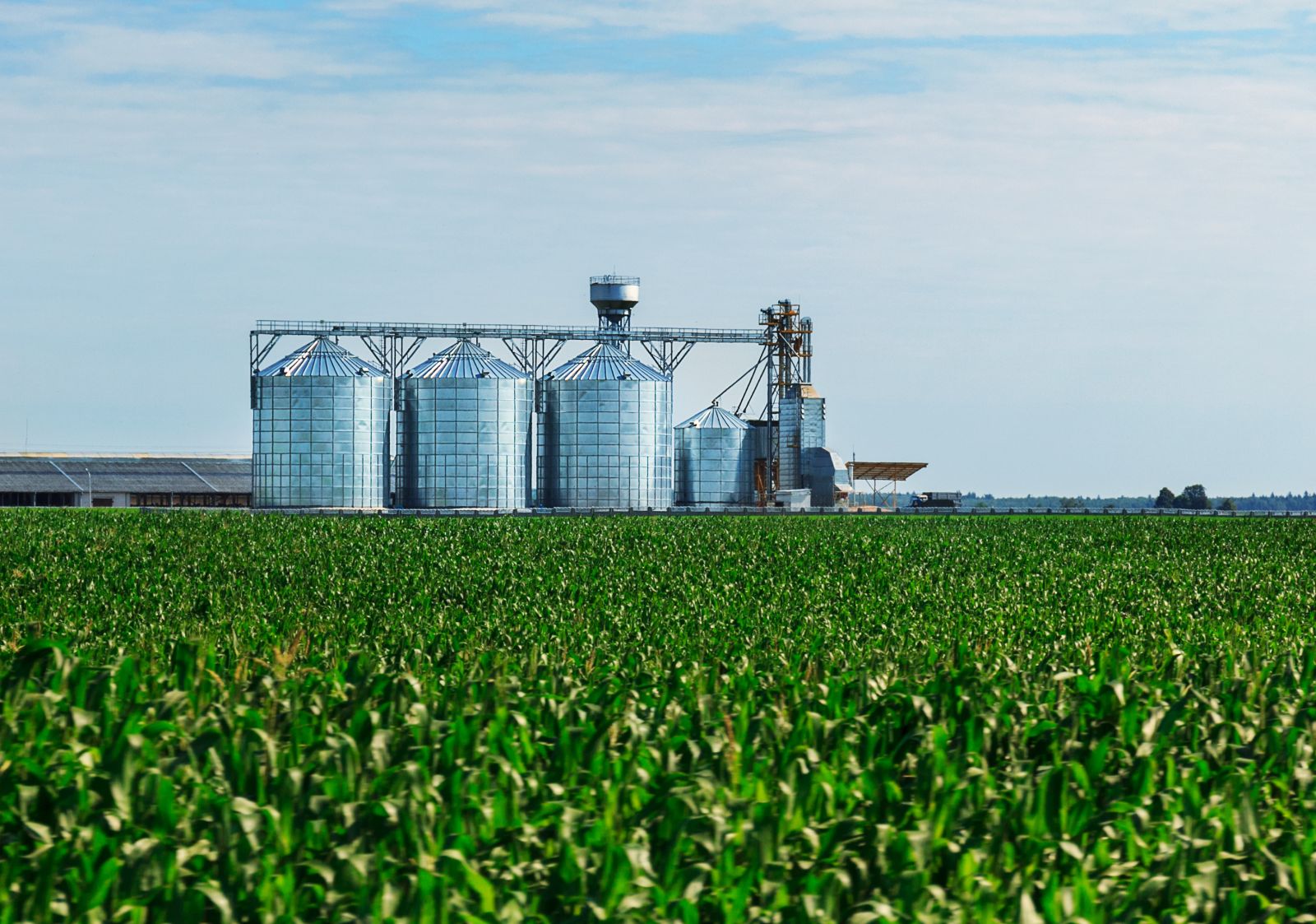|
Home
Patrons
Career
Marketplace
Employees
|
What We Already Know About Grain Stocks and Expected Acres (2024)
For whatever reason, most folks in the ag industry can’t get enough when it comes to “guidance” from USDA. They wait impatiently every week, month, quarter, and so on for the latest handout of manna from their beloved government agency, paying no mind to the reality these numbers are imaginary. I’ve said this for years, for decades, yet nothing has changed. Like turkeys drowning from looking up at the sky during a rainstorm, I can’t stop people from treating these reports as if they are important. Ag media tells them it matters. The majority of talking heads in the industry (amazingly enough, most of them tied to a brokerage outfit), tell people to trade and/or make marketing plans around report days. And so it goes. Before we get into the discussion, let me ask you this: If you were running an investment fund in grains, would you rely on imaginary numbers that are at least a month old upon release? None of the investment companies I visit with do, so there’s that. Lastly, this is not my thoughts on what USDA will say when it releases its guesses. I don't play that silly game. This is analysis of what the markets were showing us at the time.  Let’s start with expected 2024 US planted area. If you’ve been following along you’ll know I track the November soybean/December corn futures spread each year to get a read on what the market is telling us about expected changes to planted area. I track this spread from September 1 the previous year through the end of February, the key 6-month timeframe when planting decisions are made. I look at the weekly closes of the spread itself, the average of those weekly closes, and how both compare to the previous 10-year averages along with highs and lows. The higher the spread (Nov soybean price divided by Dec corn price), the more soybean acres to be planted. The lower the spread, the more corn acres to be planted. It’s not rocket science. Here are some of the key numbers for the 2024 spread:
Also for those of you who have been following along, 2014 will ring a bell as I’ve talked a lot about how the National Corn Index has been following a similar path from 2020 through 2024 to what was laid out during 2010 to 2014. A decade ago, US producers reportedly planted 5% fewer corn acres (than the previous year) and 8.5% more soybean acres. Given that, the NCI stayed under pressure through September 2014, posting a low monthly settlement near $2.8375. From there the NCI rallied to a high monthly close near $3.7275 (December 2014) before settling into a long-term sideways trend until December 2020 (note the start date in relation to the latest pattern). If you are getting the shakes from USDA withdrawal, keep in mind the March 28 numbers will NOT be the first look at 2024 acres as advertised, but rather the third.
 Quarterly stocks as of March 1 don’t get much attention, and rightfully so given the market has long moved past that supply and demand marker. Still, what were the cash markets telling us at the end of February 2024 about available stocks-to-use (as/u)?
The bottom line is stocks on hand in relation to demand as of March 1, 2024 were larger than what was calculated for March 1, 2023, with the most substantial gain seen in soybean available stocks-to-use. What makes this development more interesting is the US presumably planted fewer acres of soybeans last spring, something foretold to us by the 2023 edition of the futures spread that averaged 2.26 (nearest fit being 2016 at 2.24). Reportedly for 2023, US producers planted:
In closing, for those of you trembling in uncontrollable anticipation of USDA’s numbers, I’ll quote the great philosopher Dale Gribble from King of the Hill, “Feel free to wet yourselves. The splash at the bottom will cover your shame.” On the date of publication, Darin Newsom did not have (either directly or indirectly) positions in any of the securities mentioned in this article. All information and data in this article is solely for informational purposes. For more information please view the Barchart Disclosure Policy here. |
|
|